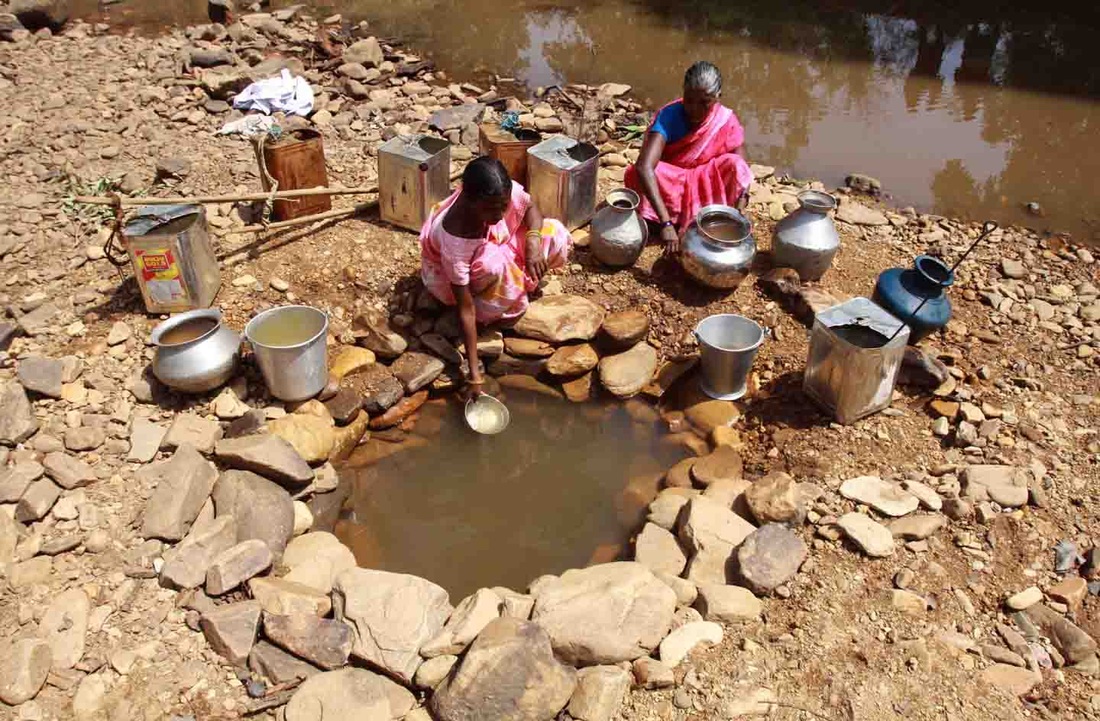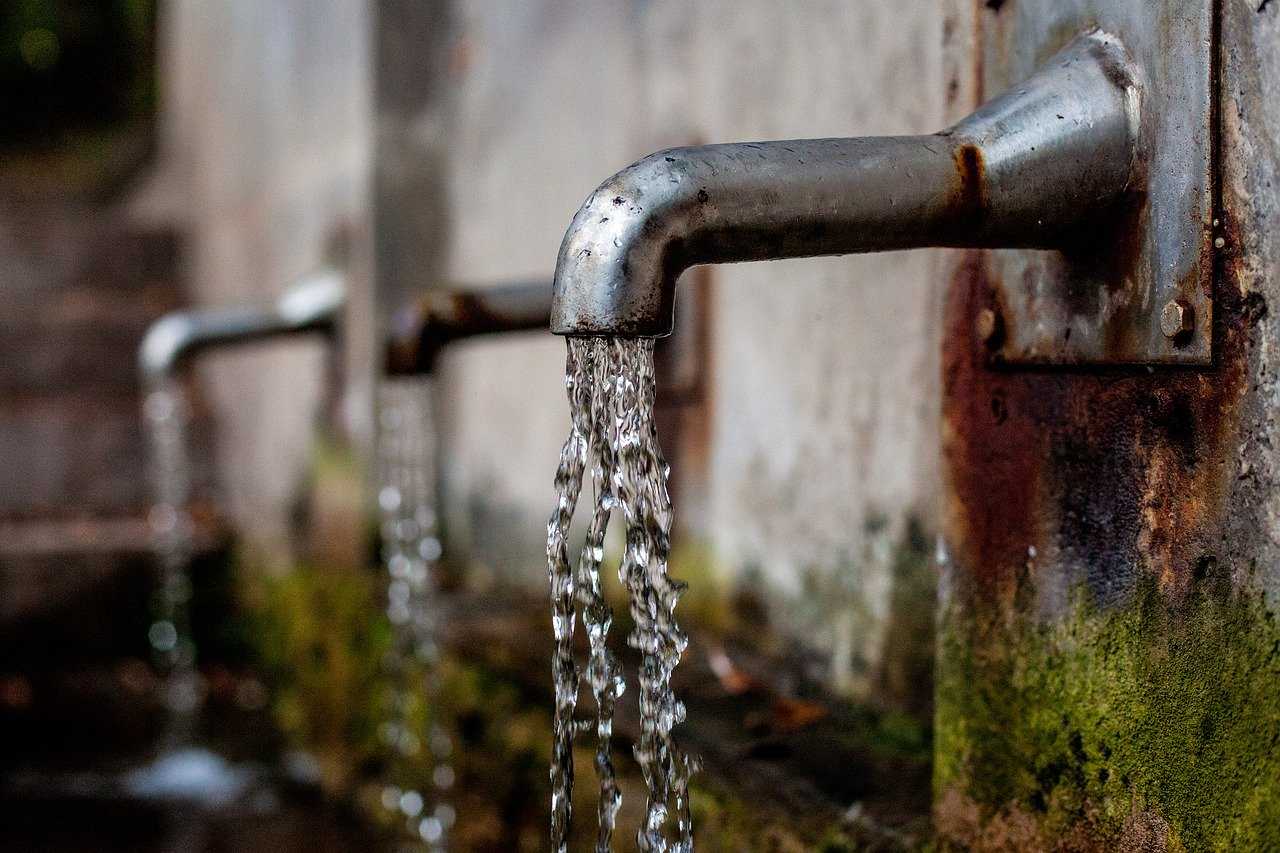
It was merely nine months ago (August 2018) that the state of Kerala experienced devastating floods, perhaps the worst hit in the century. The flood resulted in one million people fleeing to relief camps, a death toll of more than 400 and an estimated $3 billion worth of damage according to Post Disaster Needs Assessment (PDNA) conducted by the UN Agencies.
The Kerala floods served as a reminder of the vulnerability of the densely populated state of Kerala to weather and climate phenomena. Apart from the tragic loss of several hundreds of lives and displacement of a million, the high and persistent monsoon rains leading to statewide flooding impacted the region’s fragile infrastructure and ecosystem.
The post-study of the floods have attributed several factors that led to flooding. In the week ending August 15, Kerala had received three times the amount of rain it normally gets at that time of the year. Two districts alone, Idukki and Wayanad, received almost as much rain as the entire state expected to get during that period. While the persistent widespread rains form a primal cause, environmentalists pointed out that indiscriminate construction in environmentally sensitive zones and quarrying resulted in severe landslides with Wayanad alone recording 247 landslides in the August floods.
Eight months post the floods; the state is still stumbling to address the severe water crisis faced by all the 14 districts in Kerala. While the Kerala Water Authority has taken measures to address the issue by deploying a special team to assess and monitor the situation and sanctioned a sum of Rs 5 lakh to all gram panchayats for distribution of water, almost all the districts are still grappling with the shortage of water.
The state cabinet has approved a comprehensive draft of the Rebuild Kerala Development Programme which would focus on mitigating financial losses incurred during the calamity, implementing mega projects for nature conservation, streamline water supply and cleaning systems, and put in plans to improve basic infrastructure in the farming and fishing sectors.
The current crisis of water experienced in Kerala, and its linkages to the developmental model adopted by the state in the recent decades, calls for larger dialogue about rethinking the development projects under the recent climate change related disaster experiences.
Factors Leading Up to the Crisis
Between June and September 2018, Kerala received 23% excess rainfall from the Southwest monsoon. However, post that, from October to December 2018, the Northeast monsoon yielded less than 3% rainfall leading to a drop in the groundwater level.
A study conducted by Centre for Water Resources Development and Management in Kozhikode found that the groundwater level post the floods has dropped by 1- 4 meters across Kerala.
The topography of the state demands strong measures for rainwater conservation, in the absence of which the water quickly gets discharged to the Arabian Sea.
Apart from the torrential rains, the developmental model adopted and lapses in dam management by the state had compounded the disaster. The destruction of forests, wetlands, sacred groves and laterite hills over the last few decades has resulted in low percolation of water depleting groundwater levels.
Paddy fields, forests and laterite hills acted as aquifers and helped to replenish the water table during the rainy season.
In the last 30 years, Kerala has lost a significant forest cover and paddy land. Various construction projects have also significantly destroyed the laterite hills and the sacred grove across the state, reducing the groundwater supplies. While the state has taken measures to stop the destruction of laterite hills and forest cover post the floods, the damage has already been done. The threat of drought after the massive destruction of floods looms across the state with such conditions being visible in Idukki and Wayanad districts with farmers reporting mass death of earthworms. The experts have attributed excess heat and an increase in the temperature of the sandy soil for the mass death of the worms, which help them in improving farm productivity.
The indiscriminate land use and granite quarrying have resulted in massive run-off while indiscriminate sand-mining in the rivers and streams has resulted in siltation. The falling water levels in the rivers according to the geologists is due to the massive pressure exerted by the volume of water that flowed into rivers after the dams were opened which might have led to a readjustment of hydrogeological properties of the aquifer.
The Larger Debate
The water crisis in India worsens with every passing summer resulting from climate change as well as the explosion of industrialization across India. Data from a government report by NITI Aayog has estimated that around 2, 00,000 people die every year due to inadequate access to safe water, 21 major cities will run out of groundwater by 2020, 75% of households do not have access to drinking water at home and 70% of India’s water is contaminated. However, it failed to provide a plan of action and central’s assistance to the states to mitigate their water crisis through cooperative federalism.
As the situation becomes grave with the population growing and the water sources getting scarce, access to drinking water has featured as an important electoral issues and political parties were seen making many promises in their manifestoes and paying lip services during their campaigns to address it.
India needs to address the interdependencies between climate change and water.
The National Water Mission component of the NAPCC proposes to enact a new national water policy to address, mitigate, and adapt to water scarcity scenarios which may arise out of climate change. The uncertainties of climate change and its attribution to water scarcity are to be integrated into water management planning. This requires an urgent need to practice judicious use of ground and surface water, increase our water storage capacity, and reduce subsidies that encourage overconsumption of water.
Measures to be taken
To reduce the overall water stress in the future and improve water management capacities, there is a need to recognize crisis potential at an early stage. Initiatives need to be taken to enable water user groups to identify the water crisis through education and training on water and climate change.
The improvement of water management capacities, as well as the strengthening and adapting of water management institutions, are needed to build confidence as well a climate of cooperation in India.
The consequences of changing rainfall patterns and uneven distribution of rainfall would bear tremendous consequences on a significant population that depends on farming activities.
There is a need to shift towards micro-irrigation projects than emphasize on larger dams which often have vested interests.
A political approach is alone not sufficient to ensure a peaceful solution to water crisis in cases where the monsoon fails to provide the water needed to raise food crops. Early warning mechanisms and appropriate emergency capacities are to be in place to prepare the state and its farmers for these situations for peaceful crisis management and conflict resolution.
The successful implementation of a national water policy responsive to climate challenges will require both a dependable knowledge base and appropriate institutional support at the national, regional and local levels accompanied by exhaustive financial resources.













